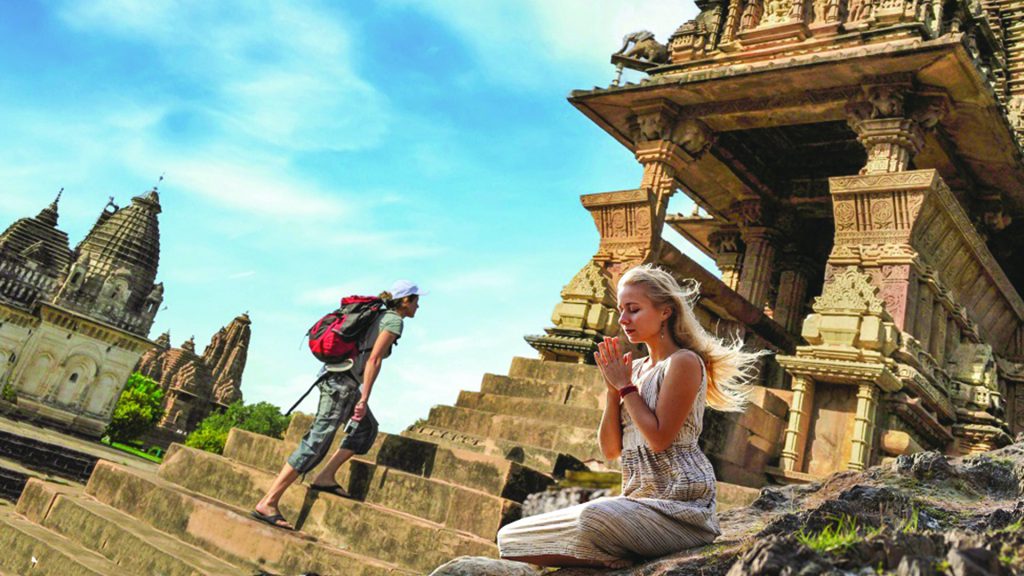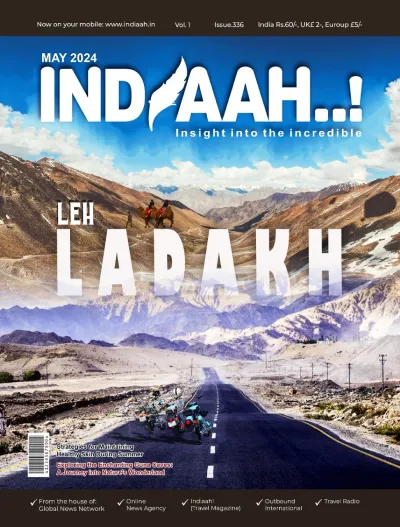
Pilgrimage and spiritual tourism is a rapidly growing sector within the global tourism industry, reflecting the increasing interest in cultural, spiritual and faith-based travel. India, home to over 450,000 religious and cultural heritage sites, is a treasure trove of pilgrimage and spiritual landmarks. To discuss the growth prospects of spiritual and religious tourism in India, KPMG in India and PHDCCI have released a report titled – “Sacred journeys: Unfolding the evolution and growth of pilgrimage and spiritual tourism in India” at PHDCCI’s 1st Global Spiritual Tourism Conclave. This comprehensive report delves into the primary motivators behind pilgrimage and spiritual tourism, its economic ramifications, and the challenges and prospects it offers to destinations.
Given the anticipated growth in India’s spiritual tourism, it’s crucial to understand the push and pull factors of different segments of pilgrims and provide tailor made solutions to support outreach. Recognising the risks and sensitivities linked to pilgrimage tourism is equally vital, ensuring that proposed solutions foster respectful, sustainable, and mutually beneficial interactions between visitors and host communities.
Key highlights from the report:
Potential of religious and spiritual tourism in the country – Post pandemic, spiritual tourism has taken centre stage with a significant increase in the number of travellers worldwide. For instance, religious tourism is a substantial driver of employment and economic activity both on a global scale and within India.
Evolution of religious tourism – The concept of religious tourism is evolving, to meet the changing interests and values of modern travelers and reflects a broader shift towards more meaningful, responsible, and transformative travel experiences.
Digital Influence on selection of sites – Modern trends in religious tourism in India reflect the intersection of tradition with contemporary practices and technology. Increased digital influence and an increase in positive reviews of travel bloggers has positively impacted the surge of religious tourism in India.
Digital pilgrimages and virtual reality – Especially relevant during COVID-19 pandemic, virtual pilgrimages have gained popularity. In the post pandemic era, inclination to travel became a must for every travel enthusiast. Live streaming of religious ceremonies, online darshans and 360-degree virtual tours allow devotees to participate remotely. Post the pandemic there is a rise in footfall of spiritual travellers. Many pilgrims combine religious visits with medical treatments or wellness retreats. Ayurvedic centers, yoga retreats and spiritual healing practices are integrated into religious tourism offerings.
Better connectivity and supporting Infrastructure – The improved physical accessibility to destinations, Ecosystem of travel and facilities like hotel to stay, amenities, tours and travel packages have helped visitors in making impromptu decisions to travel to any destination.
Segments of pilgrimage tourism – Identifying different categories of pilgrims and acknowledging unique needs of various groups is vital for enhancing the pilgrimage experience, managing resources effectively, and promoting sustainable tourism practices. Pilgrimage tourism can be broadly categorised into three segments of believers – explorers, solo travelers, and mass organised pilgrims.
Vivek Agarwal, Partner and Lead – Industrial and Infrastructure Development, KPMG in India said, “Worldwide, India is recognised for its rich array of pilgrimage sites, spiritual landmarks, and ancient healing practices. As the demand for spiritual tourism grows, it is essential to promote comprehensive, holistic, and sustainable development of these sites. This approach will not only enrich the spiritual experiences of pilgrims but also preserve the sanctity of these destinations”.
Aalap Bansal, Partner – Industrial & Infrastructure Development Advisory (IIDA), KPMG in India said, “The evolution of pilgrimage and spiritual tourism in India mirrors broader trends in the tourism industry. Digital tools and social media have significantly expanded the reach and accessibility of spiritual practices. However, challenges such as over-tourism, strained infrastructure, disruptions to local communities, and cultural dilution highlight the need for a holistic and sustainable approach to site development. Utilizing digital tools and diversifying tourism offerings are essential for managing growth and addressing these issues effectively”.


